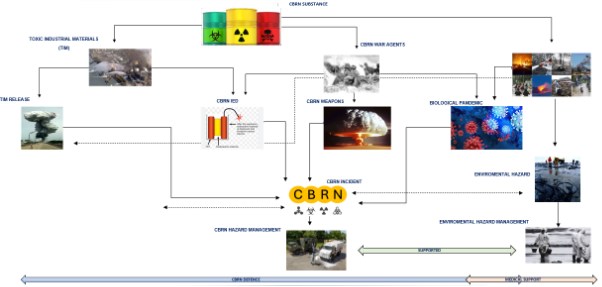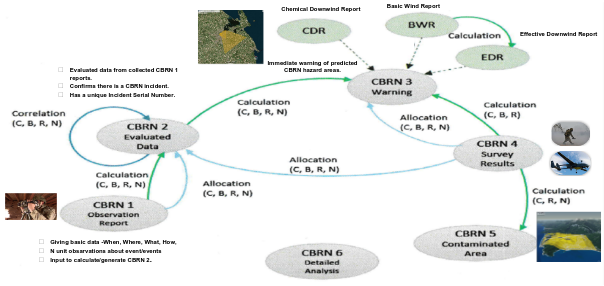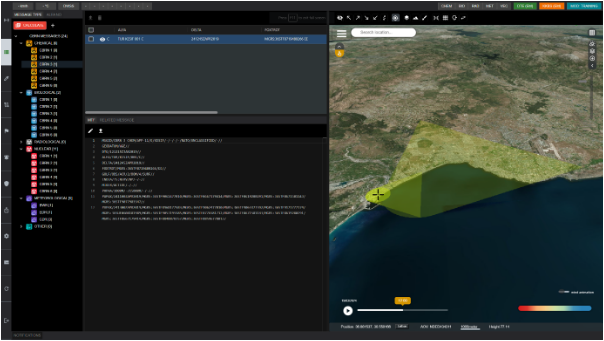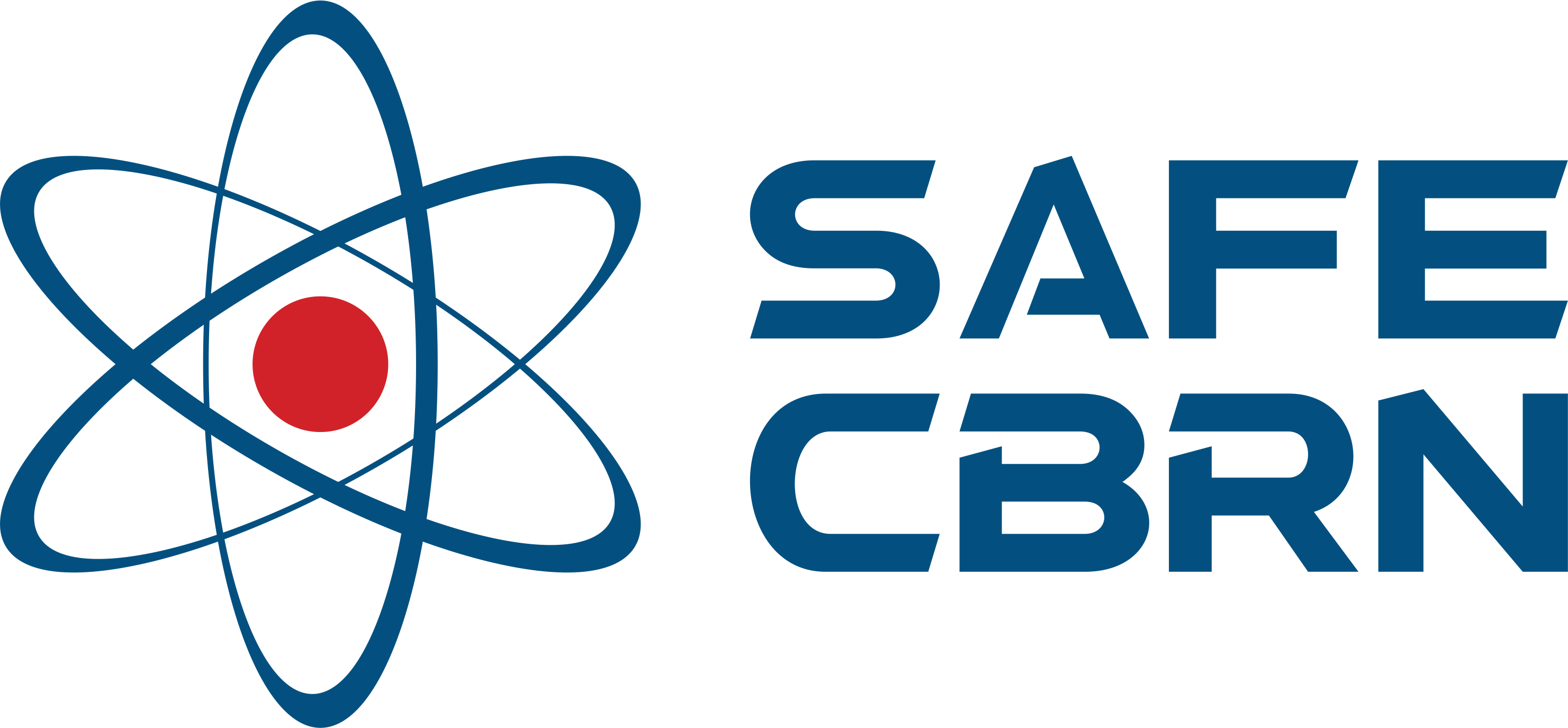NATO-Based Warning and Reporting
CBRN incidents and resulting contamination can have a significant effect on any military & çivil defence operation, be it on land, in the air or at sea, and a decisive influence on a commander’s decisions and estimates.

In order to enable decision mekers at all levels to assess the impact of CBRN incidents on plans and decisions, they must be provided with timely, accurate and evaluated information on these incidents. Collection, evaluation and exchange of information on CBRN incidents form an extremely important part of CBRN defence. To ensure timely provision of the most accurate data on CBRN incidents and the resulting hazard areas, a CBRN Warning And Reporting (CBRN W&R) capability is required. Furthermore Early warnings to units and personnel in the field is key in limiting the effects of CBRN threats.
The purpose of NATO-Based Warning and Reporting is to describe the CBRN procedures to be followed by Land, Air and Naval forces for the:
- Reporting of all chemical, biological or radiological attacks and nuclear detonations and resulting contamination.
- Predicting and warning of hazard areas from CBRN incidents.
- Contributing to the evaluation of CBRN information in order to complete the common operational picture for the commander.
- Warning of friendly nuclear strikes and the interception of an adversary incoming missile.
- Transmitting of advanced hazard warning of a potential CBRN agent or Toxic Industrial Materials (TIM) release.
- Interchange of reports about the imncidents quated above, as required.

In a scenario where NARDA integrated with Command and Control System as a CBRN calculation engine, depending on the latest NATO STANAG 2103 ATP-45 and STANAG 2497 AEP-45 standards, NARDA generates NATO approved Hazard Area prediction and Actual Contamination Areas by taking into account the type or name of an agent, its non-persistent or persistent state, the way the agent is used (with a bomb, missile, etc.), the location of the explosion (in the air, on the surface, etc.), and meteorology parameters, including 2D contamination dispersion and impact analysis of CBRN agents.

In this way NARDA supports the three pillars of CBRN Defence (ATP-3.8.1) – Prevent, Protect and Recover and automatically calculates the predicted CBRN hazard area and can quickly display that information on a map to the operator. The same data is used to identify key interest areas and units that are at risk.
Briefing reports can be automatically generated to provide incident for briefing decision makers or other stakeholders. Information includes any hazards detected, map-based predicted hazard areas, and any checklists and procedures that apply.
NARDA also provides decision makers with rapid and accurate information to help increase their situational awareness of the area of operation and enable informed decisions for saving lives, protecting assets and maintaining efficient operations.
Also maintenance of NATO standards in the software offers the customer the opportunity to maintain interoperability with NATO Commands and partner nations.
NARDA is an advanced, CBRN Knowledge Management Software Application that provides Knowledge Management, Hazard Prediction, and Warning and Reporting (W&R) capability, supporting the planning and execution of operations. NARDA can be installed in headquarters, camps and vehicles.
